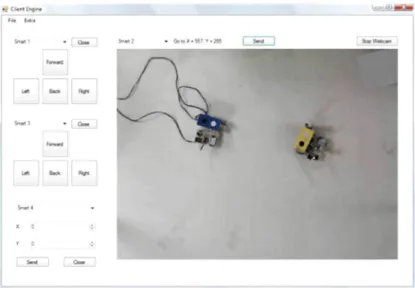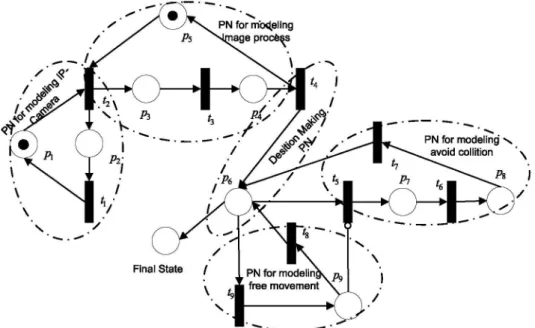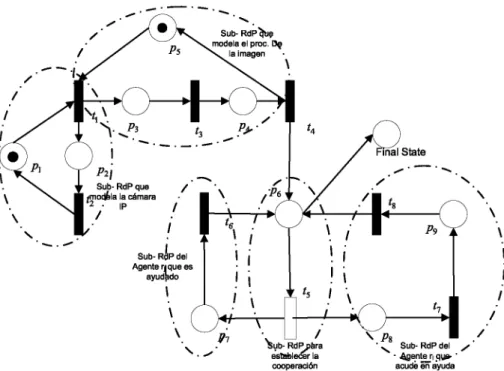Design and modeling of the multi-agent robotic system: SMART
Texto completo
Figure
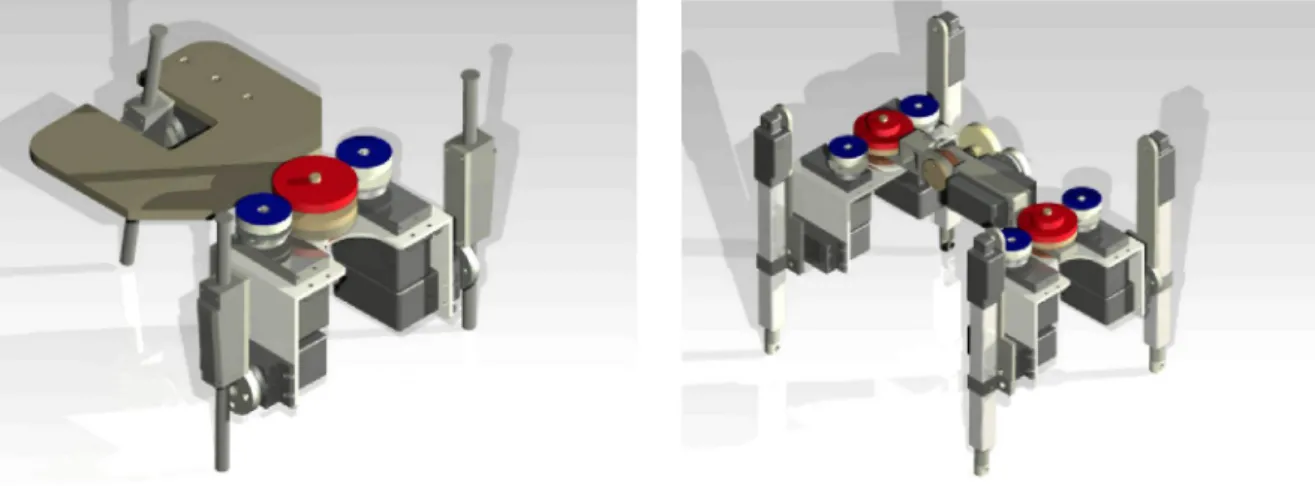
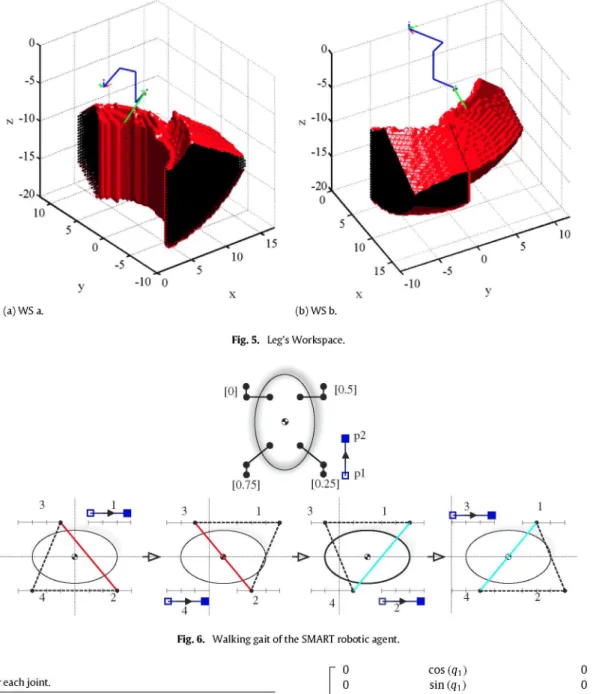
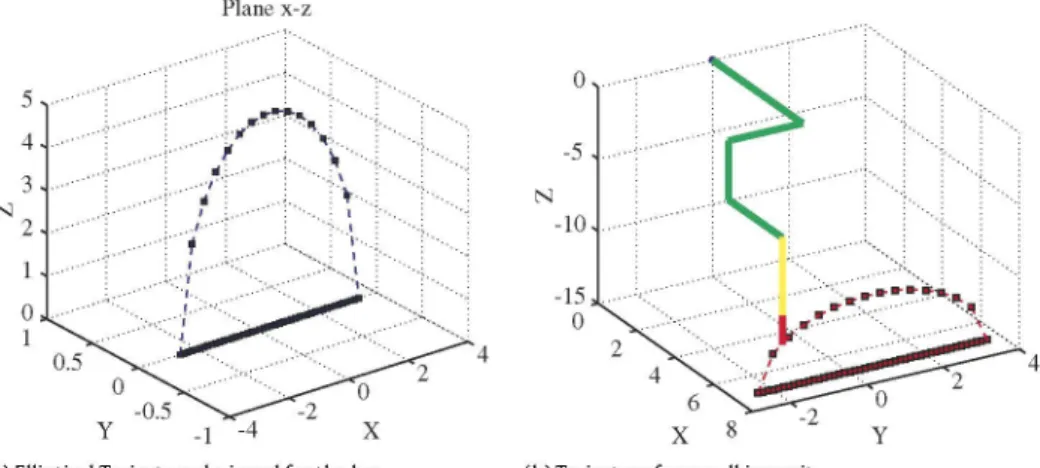
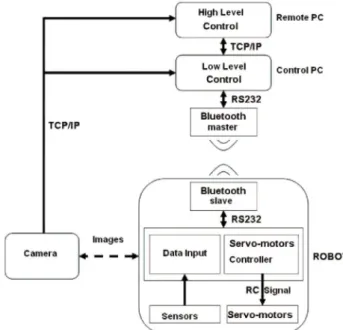
Documento similar
We propose to model the software system in a pragmatic way using as a design technique the well-known design patterns; from these models, the corresponding formal per- formance
To reduce the computational complexity of the analysis or syn- thesis of Petri nets, two relaxations have been introduced at two different levels: (1) at net level, leading
In this paper we present a smart irrigation system based on agents using fuzzy logic and low-cost Arduino technology.. This system uses techniques from the
• getTrapTraps: It is a CyclicBehaviour type behav- ior that receives a message from the Traps Agent indicating which was the device that generates the trap, it creates a new
It first describes the TERENCE system ar- chitecture, thus delves into the design of smart games starting from the require- ments and their automated generation, by
Using the SMART simulation model developed by the World Bank and the UNCTAD, we estimate the impact of the new tariffs applied to iron, steel and aluminum, the products included
The validation proposal allows evaluating the behavior of the control algorithm in possible fault conditions of short circuit and/or open circuit in the physical input signals
It is of course possible to model traffic systems using a vari- ety of modelling and simulation languages such as GPSS , DEVS , and Petri Nets.. We choose not to do this, but
